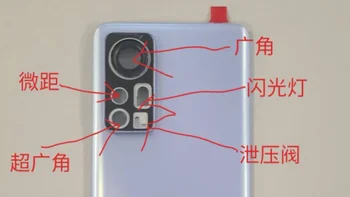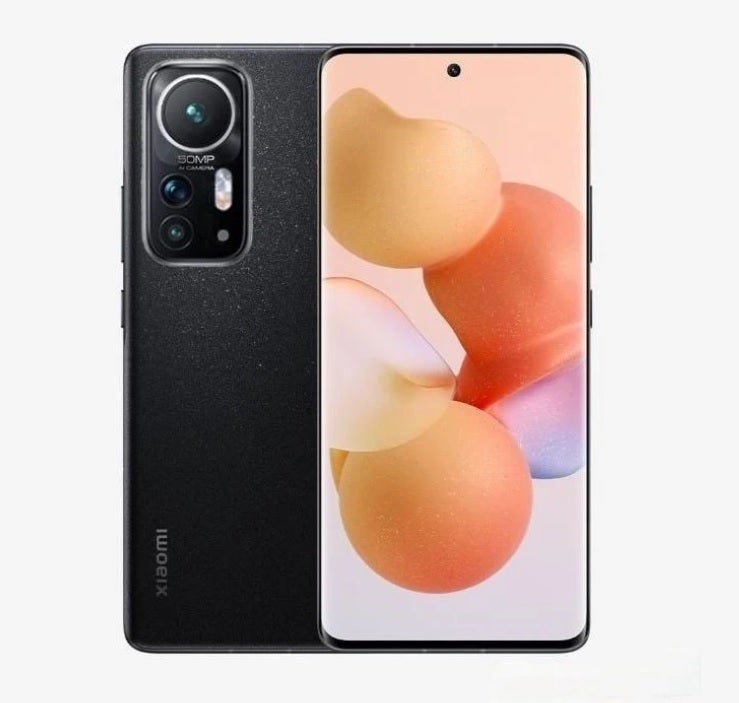Anti-glare camera coating tipped for Xiaomi 12 5G

Earlier today we passed along a leak from Weibo tipster Digital Chat Station that allegedly showed the rear panel of the upcoming Xiaomi 12. Digital Chat Station is coming off a huge "win" as he was the first to reveal that Qualcomm was rebranding its Snapdragon AP line and he even had the right name. The leaked image of what is allegedly the Xiaomi 12 reveals that the phone will sport a three-camera array on the back with the primary snapper weighing in at 50MP.
Xiaomi to use anti-glare coating on the rear camera bump
On Wednesday, the tipster posted to say that Xiaomi will be using the same anti-glare (AG) glass coating on the rear camera bump that it uses on the phone's rear panel so that the bump doesn't stand out. This sounds like a wise strategy considering that Xiaomi reportedly has large camera modules inside the bump and doesn't want it to stick out.

Render of the Xiaomi 12
The basic version of the Xiaomi 12 (rumored to be unveiled on December 28th) is expected to sport the aforementioned 50MP camera while the Xiaomi 12 Ultra, expected next year, could carry a 200MP primary camera. If you live in the states, don't get too excited since Xiaomi has still not decided to sell its handsets in the U.S. despite numerous false starts.
The company was blacklisted in the closing days of the Trump administration due to its alleged ties with the communist Chinese government (sound familiar?). But this past May, the company was removed from the blacklist and is no longer designated a Communist Chinese Military Company.
By 2016, former Googler Hugo Barra had joined Xiaomi setting off rumors that the company was about to invade the U.S. In August of that year, Barra stated that the U.S. was an important market for the company once known as China's Apple. Barra said that Xiaomi was coming to the states in the "near future." But here we are, over five years later and Xiaomi handsets are still not in the United States (Barra has just left Facebook as the company's first VP of VR).
Xiaomi has benefited from the U.S. bans on Huawei more than any other smartphone manufacturer. Helping another Chinese firm improve its business surely wasn't former President Trump's intention when he placed Huawei on the Entity List in 2019 blocking the company from accessing its U.S. supply chain. And exactly one year later to the day, the U.S. tweaked its export rules preventing foundries using U.S. technology from shipping cutting-edge chips to Huawei without a license.
Xiaomi is now one of the top phone manufacturers in the world
But not only has Xiaomi taken over the top spot in India, it also has become a formidable competitor in the global market. This past June, Xiaomi bypassed both Apple and Samsung to become the top smartphone manufacturer in the world with a global market share of 17.1%. Samsung was next with a 15.7% slice of the pie followed by Apple's 14.3%.
In the second quarter of 2020, Xiaomi delivered 26 million phones and more than doubled that amount to 53 million in Q2 2021 finishing ahead of Apple but behind Samsung for the quarter. Xiaomi did manage to top all comers in Europe during the second quarter of 2021. Keep in mind that the company was able to achieve all this without selling one handset in the U.S. market.
Right now the only Chinese smartphone manufacturer that has achieved some success in the U.S. lately is OnePlus. If Xiaomi is eventually going to see what it can accomplish in the states, it would be wise for it to follow the OnePlus game plan which was to start slowly, build up a following, and then make a deal with a major U.S.carrier. OnePlus gained plenty of credibility once it signed a pact with T-Mobile.










Things that are NOT allowed: